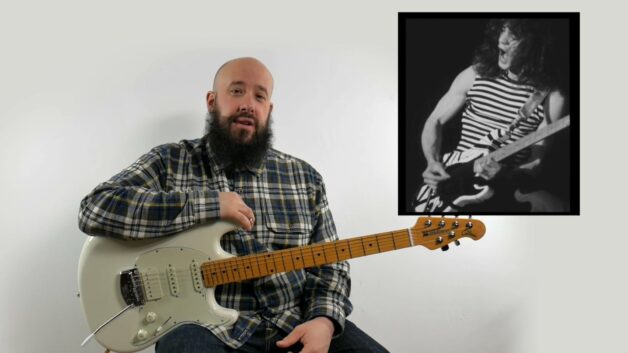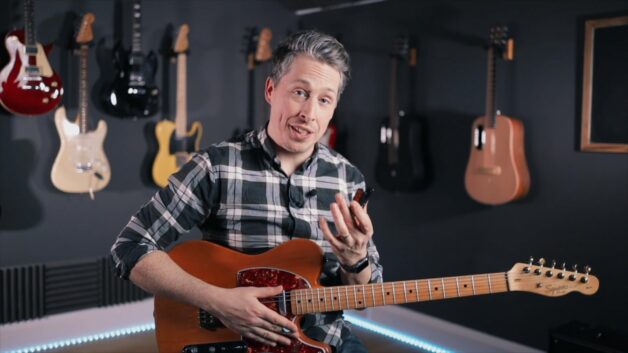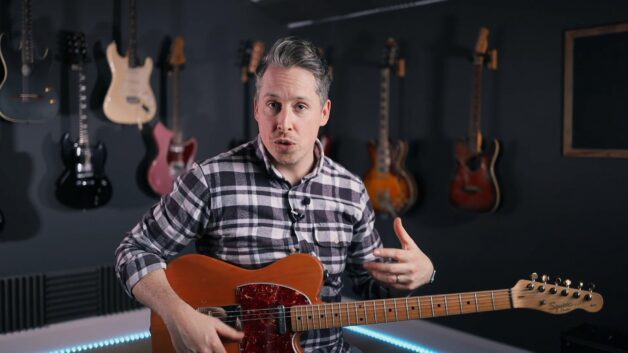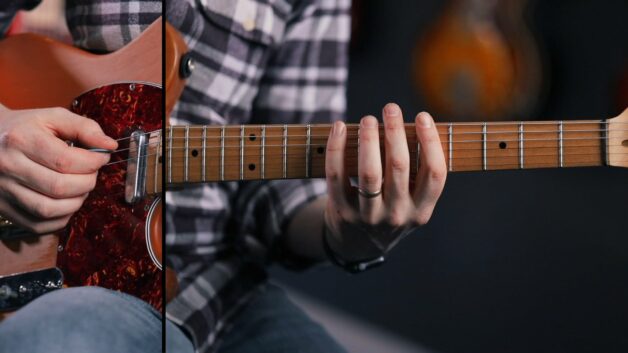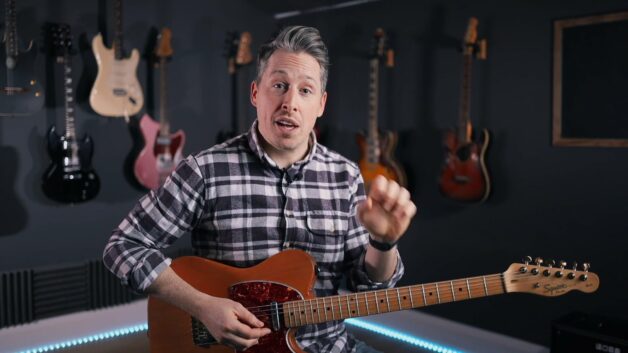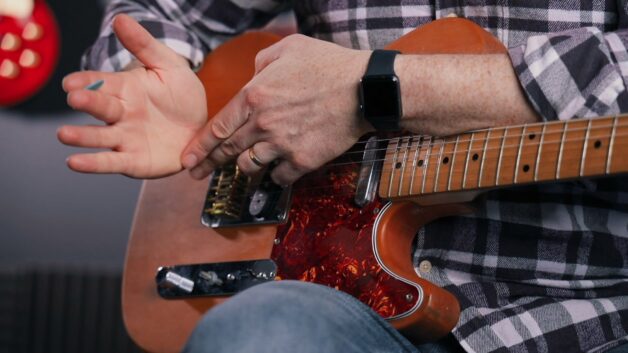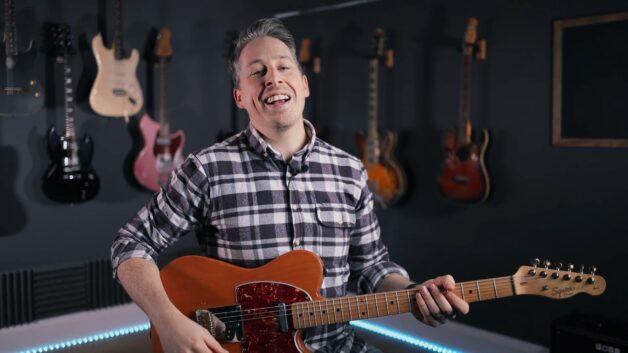How to Get the Eddie Van Halen Guitar Sound
Key Takeaways:
- Eddie Van Halen’s “brown sound” is built on a humbucker-equipped Strat-style guitar and a cranked-up Marshall amp.
- Using a Variac power attenuator reduces amp voltage, leading to a distinct overdriven tone.
- Essential effects include plate reverb, tape echo or analog delay, and the MXR Phase 90 phaser.
- Proper amp and pedal settings help replicate Van Halen’s warm, dynamic, and aggressive tone.
Understanding Eddie Van Halen’s Tone: What Makes It Special?
Few guitar tones in rock history are as revered as Eddie Van Halen’s. The “brown sound” (warm, rich, and overdriven yet controlled) became legendary with Van Halen’s debut album. Songs like Runnin’ with the Devil and Ain’t Talkin’ ’Bout Love showcase this unique tone, inspiring generations of guitarists.
Eddie’s guitar setup was anything but conventional. His famous Frankenstrat, a heavily modified Stratocaster featuring a bridge-position humbucker, gave him a thicker, more powerful sound than traditional single-coil guitars. The DIY approach to modifying gear was a hallmark of his playing style, proving that great tone often comes from experimentation rather than just expensive equipment.
Amp and Effect Settings for the Brown Sound
The backbone of Eddie’s tone is his Marshall amplifier, but he didn’t just plug in and play. He ran his amp through a Variac, lowering the voltage to create a unique sagging effect. This gave his overdrive a warm, compressed character that was both aggressive and smooth at the same time.
If you don’t have a Variac, don’t worry: you can still get close with a high-gain amp or a Marshall-style overdrive pedal. The key is tweaking the settings carefully:
- Gain/Drive: Slightly past noon for a high-gain, saturated tone.
- Tone: Keep it below noon for a darker, fuller sound.
- Reverb: Use a plate reverb: it replicates the studio sound from the first Van Halen album.
- Delay: Eddie often used an Echoplex tape echo, but a warm analog delay like the MXR Carbon Copy works well too. Set it for a long delay time but at a subtle mix to avoid overwhelming the core tone.
The Secret Ingredient: The MXR Phase 90 and Why It Matters
If there’s one pedal that screams Van Halen, it’s the MXR Phase 90. This phaser was a staple of his lead sound, adding a smooth, swirling effect that made his solos stand out. You can hear it prominently in Eruption and the intro of Ain’t Talkin’ ’Bout Love.
Many beginners overlook phasers when trying to recreate classic rock tones, but in Eddie’s case, it’s essential. The speed knob should be set slightly below noon. This ensures a slow, natural wave that complements his playing rather than overpowering it.
Avoiding Common Mistakes: What Not to Do
While chasing the Van Halen tone, beginners often run into a few common pitfalls:
- Too much gain: More distortion doesn’t necessarily mean better tone. Eddie’s sound is overdriven, but not overly compressed.
- Neglecting the right effects: The Phase 90, reverb, and delay all play a crucial role, don’t skip them.
- Ignoring playing technique: Gear matters, but Eddie’s picking dynamics, vibrato, and tapping technique are just as important in shaping his sound.
Bringing It All Together: Try It Yourself
Getting close to Eddie’s legendary tone isn’t just about gear, it’s about understanding how he shaped his sound. Experiment with different settings, fine-tune your amp and pedals, and most importantly, pay attention to your playing technique. With the right approach, you’ll be well on your way to capturing the iconic brown sound and making it your own.
